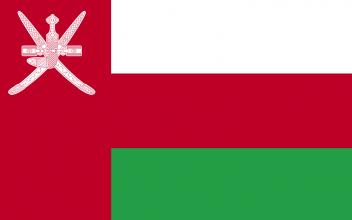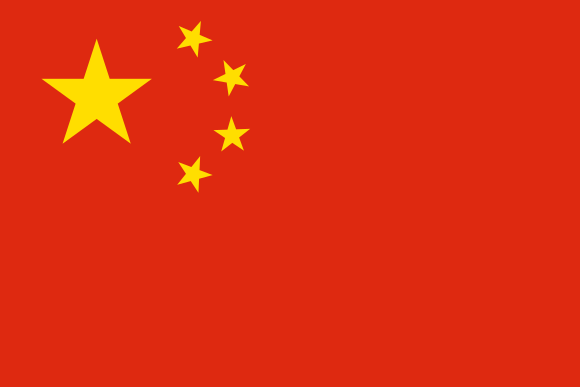The Reception of Chinese and Japanese porcelain in Europe
After the Portuguese reached China in 1514 and Japan in 1542, they soon started trading with porcelain from these countries. Other Europeans also started to engage in the ceramics trade. During the 17th and 18th centuries, most porcelain was exported to Europe in bulk to be used as tea and table ware. It was mainly blue-and-white, but there was also a smaller number of more costly overglaze painted ceramics. Most of the luxury items which were displayed in European palaces or great houses or in Kunstkammern were Japanese ceramics, in particular in the Imari and Kakiemon styles, and porcelain figurines.




